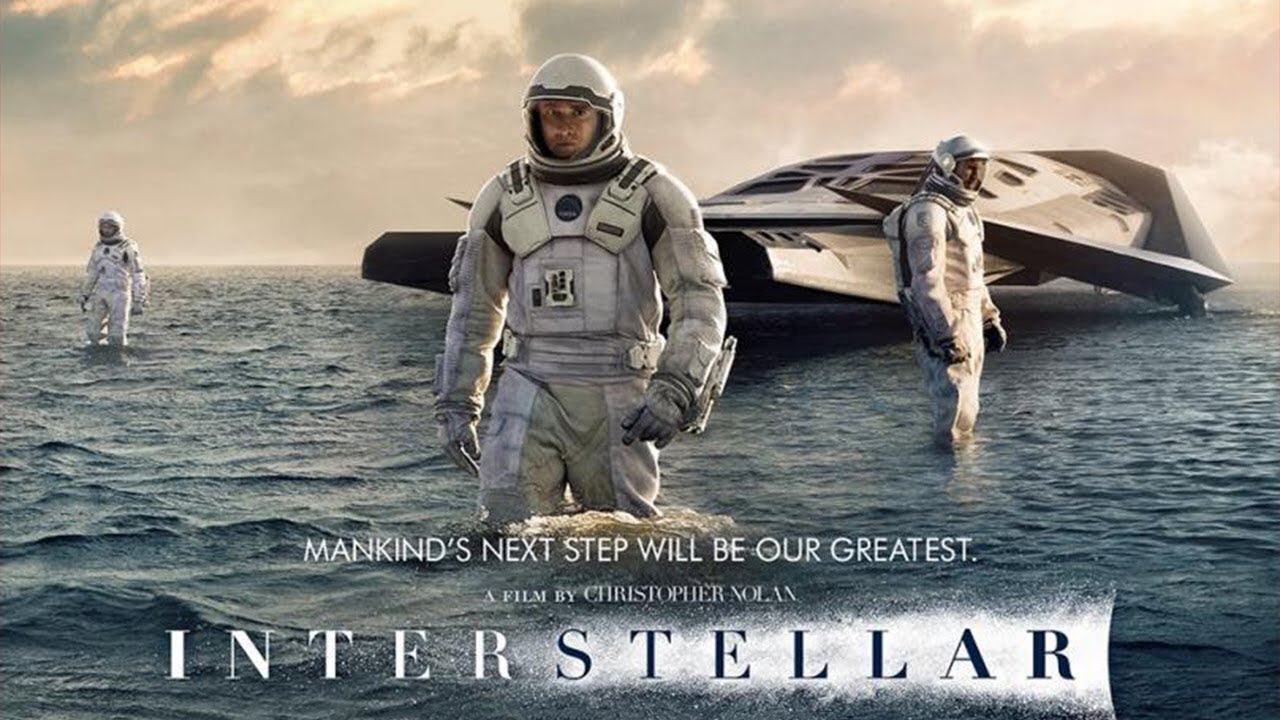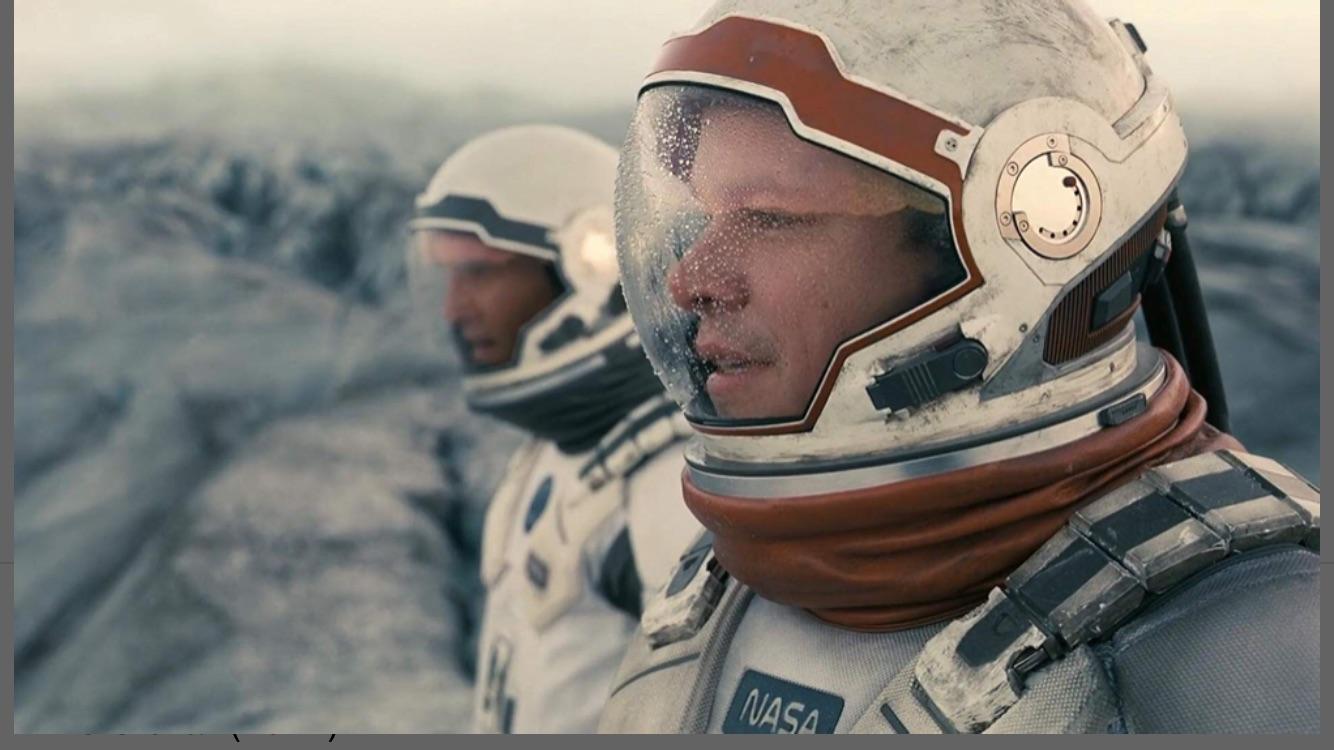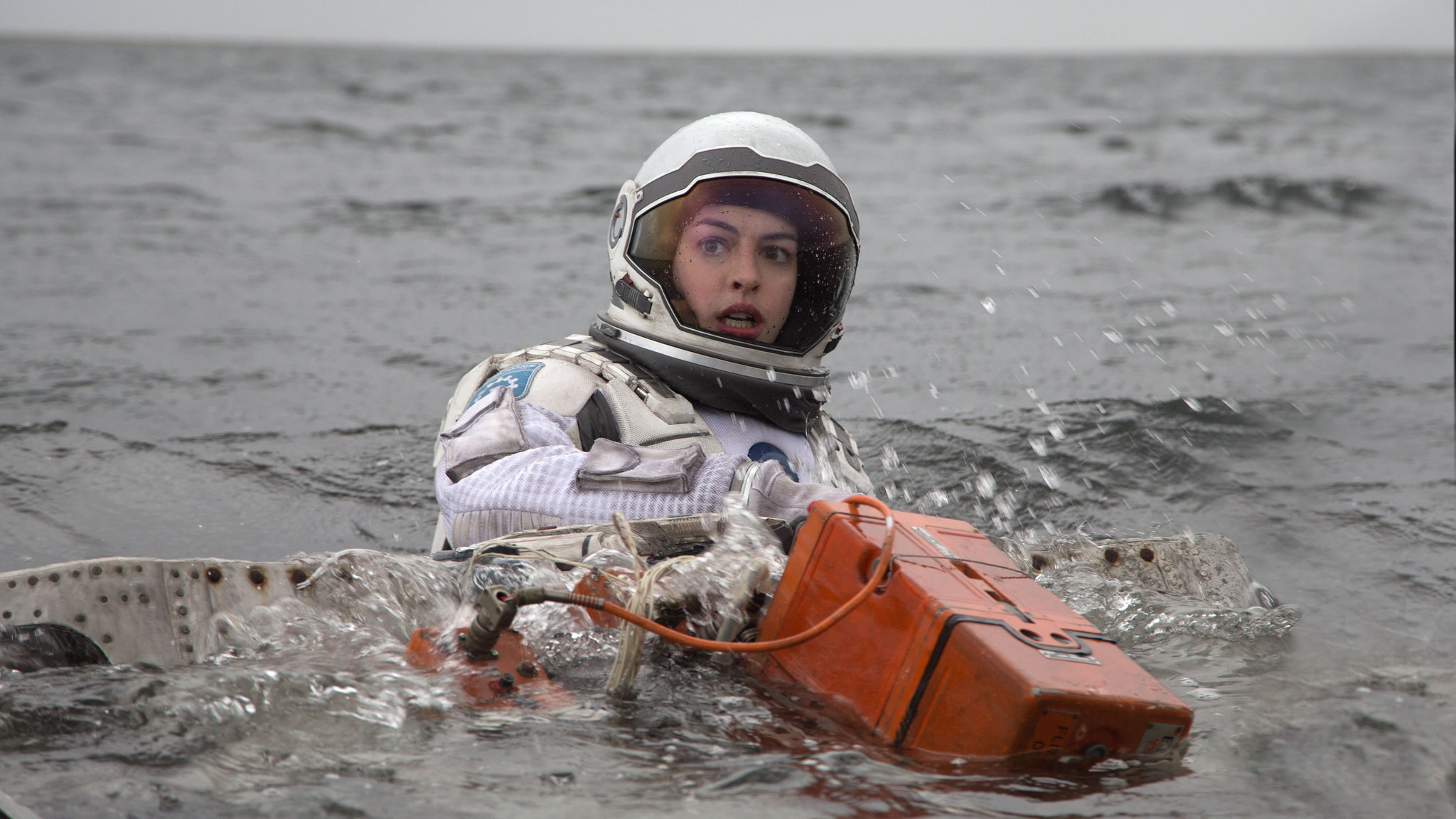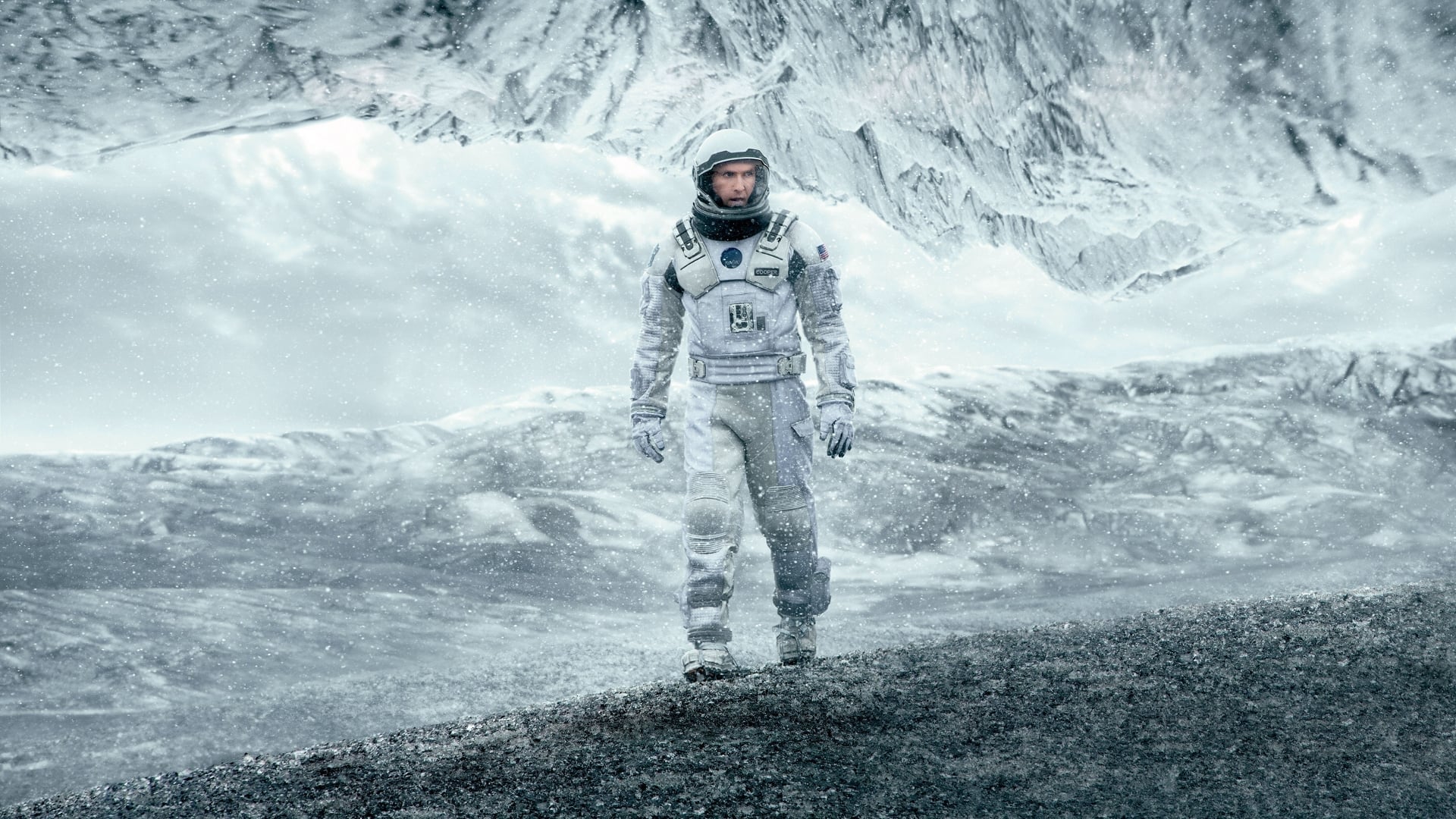Interstellar (2014)

Interstellar (2014), directed by Christopher Nolan, is a science fiction epic that combines cutting-edge scientific concepts with a deeply emotional story about love, sacrifice, and the survival of the human race. Starring Matthew McConaughey as Cooper, Anne Hathaway as Dr. Amelia Brand, Jessica Chastain as the grown-up Murph, and Michael Caine as Professor Brand, the film follows a team of astronauts on a daring journey across the universe to find a new home for humanity as Earth becomes increasingly uninhabitable.
Set in a near-future world plagued by blight and devastating dust storms, Interstellar begins with humanity on the brink of extinction. Crops are failing, the climate is deteriorating, and hope is dwindling. Cooper, a former NASA pilot turned farmer, lives with his children, Tom and Murph, and his father-in-law on a farm that is constantly under threat from environmental disaster. Murph, his young daughter, shares her father’s love for science and discovers what she believes to be a “ghost” in her bedroom, which Cooper later realizes is a gravitational anomaly.
When Cooper and Murph investigate the anomaly, it leads them to a secret NASA facility run by Professor Brand. Brand explains that NASA has been working on a plan to save humanity by finding habitable planets in another galaxy, accessible through a mysterious wormhole near Saturn. Several astronauts have already ventured through the wormhole to survey potential planets, but they need one final mission to determine which world can sustain human life. Cooper is chosen to lead this mission, though it means leaving behind Murph and Tom, a decision that deeply affects his relationship with Murph.
The primary theme in Interstellar is the tension between survival and human connection. Cooper’s journey represents both the literal exploration of new worlds and a metaphorical journey into the unknown risks we take for those we love. While Cooper is determined to secure a future for his children, he struggles with the pain of leaving them behind, especially Murph, who feels abandoned and resentful. This theme is reinforced by the central question of whether love—an intangible force—might be as powerful a dimension as time and space itself.
As Cooper, Dr. Brand, and their crew enter the wormhole, they encounter a series of mind-bending obstacles. The first planet they visit, close to a black hole named Gargantua, is affected by severe gravitational time dilation: every hour on the surface equals seven years on Earth. This phenomenon amplifies the stakes, as the crew faces a ticking clock, knowing that time is passing far more quickly for their loved ones back home. When they lose precious time on the planet, Cooper is devastated to find that years have passed on Earth, and his children have aged significantly.
Meanwhile, back on Earth, Murph grows up resenting her father for leaving her, and she becomes a scientist working with Professor Brand. She eventually learns that the plan to save humanity has been a lie—Brand’s “Plan A,” which promised to transport the population of Earth to a new world, was never feasible. Instead, Brand’s true plan, “Plan B,” relies on sending human embryos to repopulate a distant planet, effectively abandoning those left on Earth. Murph is devastated but channels her anger and intelligence into solving the gravitational equation that could make Plan A possible, driven by the memory of her father.
The visual effects in Interstellar are stunning, especially the depiction of space, the wormhole, and the black hole Gargantua. Renowned theoretical physicist Kip Thorne consulted on the film, ensuring that the science behind these cosmic phenomena was as accurate as possible. The black hole’s portrayal, with its light-bending gravitational lensing, is particularly mesmerizing and scientifically grounded, providing audiences with an awe-inspiring view of one of the universe’s most mysterious objects.
As the mission progresses, the emotional and psychological strain on the crew becomes apparent. Dr. Brand, who has a personal attachment to one of the astronauts who traveled through the wormhole earlier, expresses a belief that love might be a force that transcends space and time. Her sentiment echoes throughout the film, suggesting that human connection might hold a special, unexplained power in the universe. Cooper, however, remains skeptical, driven more by his desire to return to Murph than by abstract ideals.
In the final act, Cooper makes the ultimate sacrifice by plunging into Gargantua’s black hole in a desperate attempt to ensure the survival of the human race. Inside the black hole, he enters a “tesseract,” a surreal, multi-dimensional space that allows him to access various moments in Murph’s room across time. Here, Cooper realizes that he himself was the “ghost” Murph had sensed as a child, sending gravitational messages to her to guide her toward solving the equation necessary for humanity’s survival. Through this scene, Nolan explores the concept of time as a physical dimension, one that can be manipulated and navigated under extreme conditions.
Cooper uses Morse code to communicate with the adult Murph, transmitting the data needed to complete the gravitational equation. The scene is a powerful intersection of love and science, as Cooper’s messages reach Murph through time, proving that their bond has transcended space and years of separation. Murph solves the equation, enabling humanity to escape Earth, and forgives her father, realizing the lengths he went to save her and future generations.
Interstellar concludes with Cooper, having survived his journey, reuniting with Murph, now elderly and surrounded by her descendants. This reunion, both heartbreaking and beautiful, underscores the film’s themes of family, sacrifice, and the enduring power of love. In a final act of hope, Cooper prepares to journey back into space to find Dr. Brand, who is working to establish a human colony on one of the habitable planets.
The film’s exploration of scientific ideas, like black holes, relativity, and dimensions beyond human perception, blends seamlessly with its emotional narrative, creating a unique cinematic experience. Interstellar doesn’t merely depict a journey to new worlds; it questions the nature of human existence, love, and the fundamental forces that drive us. It is a testament to humanity’s relentless spirit of exploration, both in the physical universe and in the relationships that define our lives.
Since its release, Interstellar has been celebrated for its ambitious storytelling, visual brilliance, and emotional depth. Nolan’s vision and Hans Zimmer’s haunting score create a profound atmosphere, making Interstellar a film that resonates on multiple levels. It challenges audiences to contemplate the vastness of the cosmos while also considering the bonds that tether us to one another across time and space.











